Worried About Your Child's Sleep Health?
Get Answers About Your Child’s Sleep—From the Comfort of Home
Sleep-disordered breathing (SDB) in children often goes unnoticed but can significantly impact their growth, development, and overall well-being. Unlike adults, kids with SDB don’t always appear excessively sleepy during the day. Instead, they may show signs that are easily mistaken for behavioral or developmental concerns.
Common Signs of Sleep-Disordered Breathing Every Parent Should Know
If your child struggles with sleep, for whatever reason, you’re not alone. Understanding the signs of sleep-disordered breathing can help you find the right support for their health and well-being so you can help them. By putting the pieces of the puzzle together, we can better support their growth, development, and ability to thrive—helping them become the best version of themselves. ❤️
Here are Some Signs and Symptoms to Look Out For:

Enlarged Tonsils
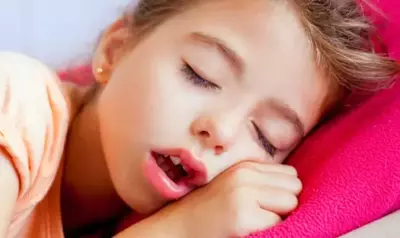
Mouth Breathing
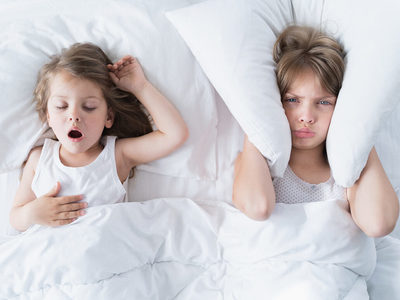
Snoring
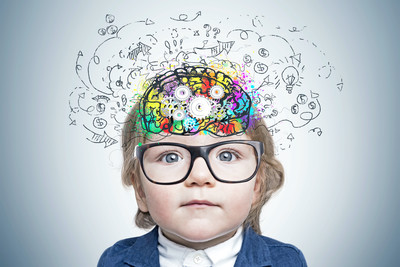
Symptoms of ADHD
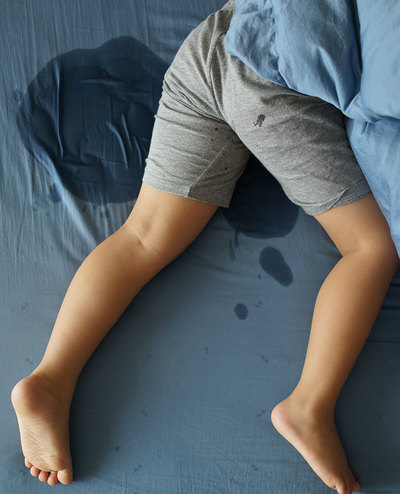
Bed Wetting
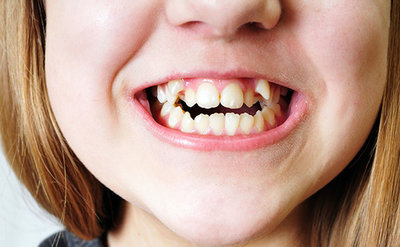
Dental Crowding

Restless Sleep
Your Child's Sleep Should Be...
Quiet - Still - Refreshing
If your child’s sleep doesn’t look like this, it’s worth digging deeper.
Sleep-Disordered Breathing (SDB) in children is becoming increasingly common, and its impact extends far beyond just feeling tired. Left unaddressed, it can affect behavior, attention, learning, growth, facial development, and overall health.
Early identification and intervention can make a world of difference. If you’re noticing red flags, don’t wait—let’s explore what might be going on beneath the surface.
